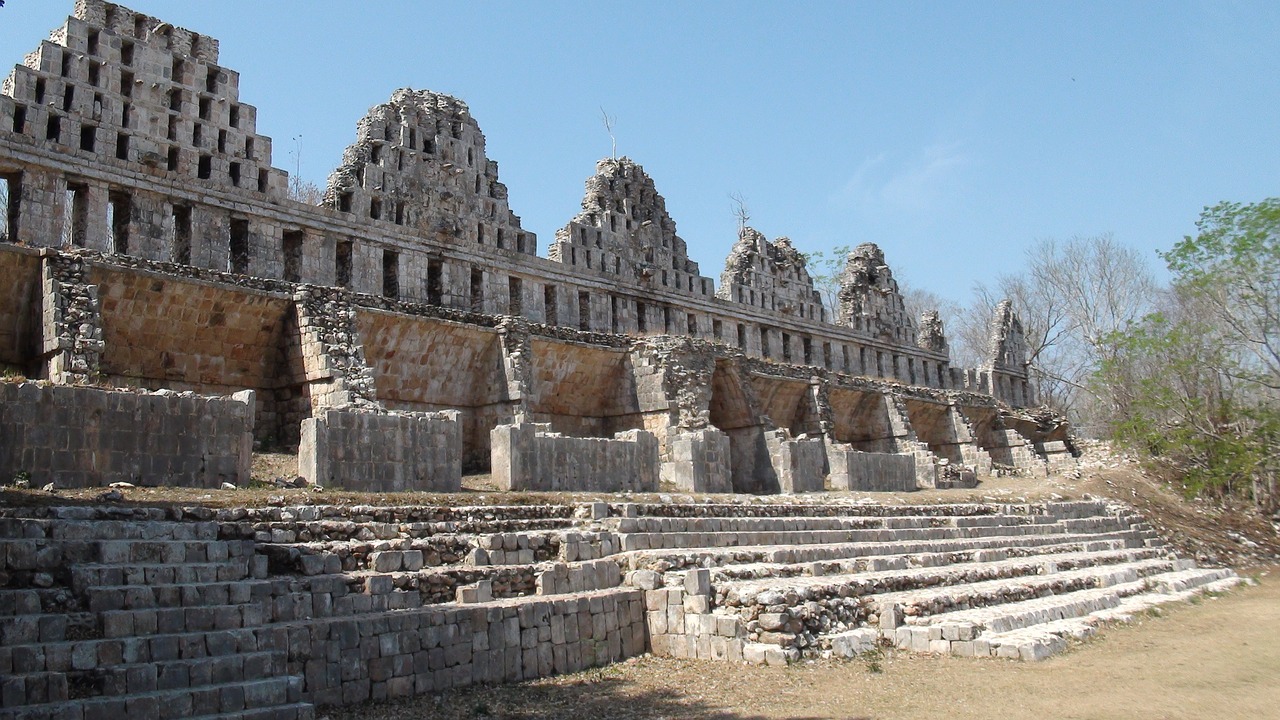
Key facts you need to know about The Yucatan peninsula
Here are some important facts you might not know about the Yucatan Peninsula:
- The Yucatan Peninsula separates the Caribbean Sea from the Gulf of Mexico, with the northern coastline on the Yucatan Channel and it includes three large Mexican States:
*Quintana Roo (Eastern coast state facing the Caribbean Sea) guarantees a great beach vacation at any of its destinations. The most renowned are Cancun, Isla Mujeres, Cozumel, Playa del Carmen, Akumal and Tulum. The capital city of Quintana Roo is Chetumal, in the south, but the most known International Airport is in Cancun. It is the youngest State in the Mexican Republic, having been granted statehood in 1974.
*Yucatan (Center, northern shore State) where you can explore magnificent Mayan archaeological sites, including the world known Chichén Itzá and Uxmal or smaller ones like Ek’ Balam and Kabah. Yucatan, funded in 1542, is the oldest State in Mexico. You will be dazzled by precious colonial cities, buildings, convents and churches as well as former Haciendas and century-old mansions. Their Capital City is beautiful Merida.
*Campeche (Western coast State, facing the Gulf of Mexico) used to be a fortified city in order to combat the pirate attacks towards the local population. It has many impressive Mayan archaeological sites such as Calakmul or the lesser known Edzna, as well as many Haciendas like Uayamon. It’s capital City is Campeche.
- The “X” factor: This tip will come in handy. The letter X (which you will repeatedly find in many Mayan words) is pronounced as “SH”: Xcaret, Uxmal, Xel-Ha, Xaman, etc.
- Mayan Culture is alive: The largest Mayan population (between 6 and 8 million people) inhabit the southern Mexican States and the Central American countries of Belize, Guatemala and portions of Honduras and El Salvador. From centuries ago, they have preserved their cultural and linguistic heritage. Some have adapted to the modern era, but still speak their native tongues and proudly preserve their ancestral traditions, gastronomy, rituals and heritage.
- Geography: The Yucatan Peninsula is mostly plane and is dominated by limestone bedrock, as a result, there is very little surface water. Yucatan is thus covered with caves and sinkholes called Cenotes which were considered sacred and ceremonial places, as well as a source of sweet and clean water. Ox Bel Ha (Maya for Three Paths of Water) is located just south of Tulum, Mexico, and in 2018 was discovered as the largest underwater cave on the planet.
A tour of the Yucatan Peninsula will take you on a journey through nature, tradition, history, native Maya traditions and beauty.
